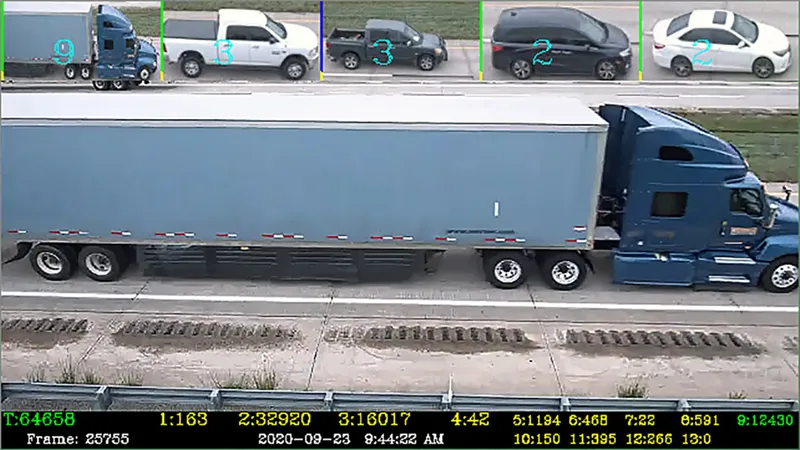Siemens has enhanced the functionality of its SLD4 loop detector which now features length-based classification with configurable outputs which can be set to activate when specific conditions are detected, such as large vehicles exceeding a predefined speed. The detectors offer standard vehicle detection and are also suitable for use in bus, tram and light rail transport (LRT) schemes and other applications where high detection accuracy is required. Designed for maximum reliability and using the latest ind
July 25, 2013
Read time: 2 mins

The detectors offer standard vehicle detection and are also suitable for use in bus, tram and light rail transport (LRT) schemes and other applications where high detection accuracy is required.
Designed for maximum reliability and using the latest inductive loop detection algorithms, SLD4 detectors are fully compliant with UK specification TR2512 and provide four separate detection channels with full solid-state outputs. For challenging or special applications, a PC support tool enables many aspects of the detector’s functions to be accessed for specific deployments.
The detectors may be powered from either AC or DC supplies. Low power requirements, with operation possible at voltages as low as 10V DC, makes support within battery powered equipment a viable option.









